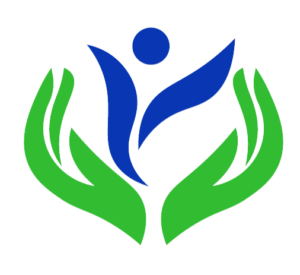Education has the power to transform lives, and when it comes to lifesaving initiatives, the impact can be truly profound. From providing basic first aid training to teaching water safety skills, educational programs play a crucial role in preventing accidents, saving lives, and building resilient communities. In this blog post, we’ll explore the transformative power of education in lifesaving initiatives and showcase real-life examples of how these programs have made a difference.
The Importance of Lifesaving Education
Lifesaving education encompasses a range of topics, including CPR training, first aid skills, water safety education, and emergency preparedness. These programs not only equip individuals with the knowledge and skills they need to respond effectively in emergencies but also raise awareness about potential risks and promote a culture of safety within communities.
Real-Life Impact
Let’s take a closer look at some real-life examples of how lifesaving education has made a tangible difference in communities around the world:
- CPR Training: In many communities, access to timely CPR can mean the difference between life and death for cardiac arrest victims. By providing CPR training to community members, organizations have empowered bystanders to intervene quickly and effectively, saving countless lives in the process.
- Water Safety Education: Drowning is a preventable tragedy, yet it claims the lives of thousands of people each year, many of whom are children. Water safety education programs teach individuals how to recognize and respond to water-related emergencies, reducing the risk of drowning and promoting safer aquatic environments.
- First Aid Skills: From treating minor injuries to responding to major medical emergencies, first aid skills are invaluable in preserving life and minimizing the impact of injuries. By offering first aid training to community members, organizations have equipped individuals with the confidence and competence to provide immediate care when needed.
Building Resilient Communities
Beyond the immediate impact of saving lives, lifesaving education also plays a crucial role in building resilient communities. By empowering individuals with the knowledge and skills they need to respond to emergencies, these programs foster a sense of collective responsibility and preparedness, strengthening community bonds and resilience in the face of adversity.
Conclusion
Lifesaving education is a powerful tool for preventing accidents, saving lives, and building resilient communities. By providing CPR training, teaching water safety skills, and offering first aid courses, organizations can empower individuals with the knowledge and skills they need to respond effectively in emergencies, making our communities safer and more resilient.




